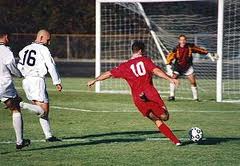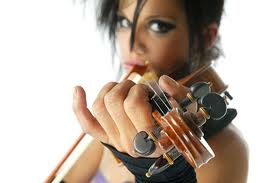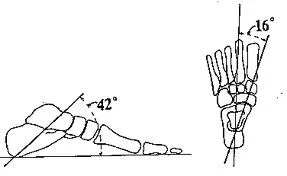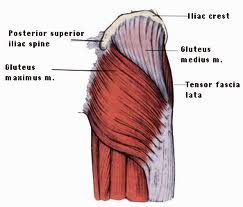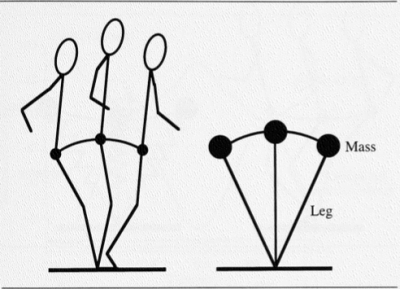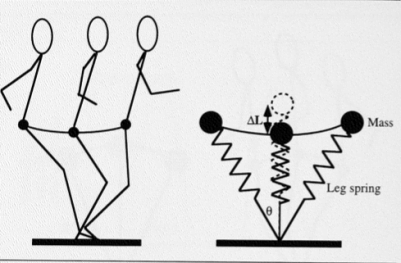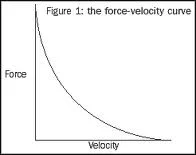So its been a while since I last wrote a blog. Been pretty busy moving house and working hard so had very little time.
This blog is all about the movements that we give our patients/clients to perform and how we may need to pay closer attention to how they do it for maximum impact on the system.
One of the things we look at heavily during the Cor-Kinetic Mentorship program is the reaction created by the movement we perform. Just because we believe that a movement we prescribe will enhance our clients movement does not mean that this movement will give us the reaction we desire.
Understanding the authentic biomechanical movement that we need in the first place is only one half of the battle. If it was as simple as that then very few people would be in pain. How much of that movement does some one tolerate is the question, and to find the answer we need to look at their movement threshold.
If we have too large a movement into an area that lacks the required movement then you will get a compensatory movement from the body. It is as simple as that. The response you thought you would get will not occur. In fact it could be this compensation that is causing the pain you are trying to eliminate. This is why it can be hard prescribing corrective exercises. You don't know if you are feeding the compensation beast or correcting a movement! The more we go towards end range the more the variability of the response becomes. As the demand/stress increases so does the bodies need to find an alternative pathway.
Along with patient adherence this has always been the problem with corrective exercise prescription for the client to go away and perform on their own. This is where the science of the body meets the art of the practitioner. As the body is not a linear system and does not follow a set pathway every time it moves we have to be able to interpret and control movement at the moment it occurs and be able to adapt movement for a favorable reaction. Not always and easy thing to do but hugely powerful once you can start to implement this thought process.
To guarantee that the reaction we need to find the threshold of success. This is a concept borrowed from the great Dr David Tiberio of the Gray institute. The threshold is the point that the movement can still have a positive reaction the vast majority of the time and will remain pain-free. The more we go over the threshold and suddenly the movement becomes unsuccessful as the body tries to find another pathway or creates pain to reduce the sub optimal movement created. The key is feed the body a little more demand each time. Inching over the threshold bit by bit until we have a consistent positive reaction. Understanding the range, angle and speed of the movement can help you increase and decrease the variables to be able to have full control over the patients/clients success and being able to increase it. It maybe that the threshold we have in terms of range will decrease the faster we get. This maybe of great importance for a sports player who has to increase their movement speed.
An example of this process would be a lunge for increased pronation of the foot. If we were stepping with the right foot then we would want to step across to the left half of an imaginary semi-circle in front of me (somewhere around 45 degrees left would be good!). If the body cannot get this movement under increased force then it will try to decrease the impact on the system. A couple of ways it may do this is simply to roll to the outside of the foot or adduct the foot (turn it in). In these ways it reduces the demand on the structures that would get eccentrically stressed during pronation (Tri plane-dorsi flex, abduction, eversion) . We need to be able to find the threshold or angle that decreases these compensatory reactions and progress slowly until we have the angle and reaction we need/desire. A better angle to start at maybe 10 degrees gaining a consistent reaction before moving to 20 and so on and so on. When the reaction becomes less consistent we can come back to success and start inching over the threshold degree by degree. It may sound time-consuming but is actually a quick process when you learn to control it!
In this way we can regress and progress the movement to create continued success. The more the body feels and interprets this success the more we can feed the neurological system to allow the continued success to become a predominant pathway of movement. It is not always the movement we give but the way in which we give the movement!
As the great Gary Gray says "The test is an exercise and exercise is a test". In this way we can interpret the success of any movement we perform and constantly evaluate the success of the individual we are training/assessing/treating.
A purely academic/biomechanical approach to functional movement may lead us just to understand what movement is required and give as much as possible. This is something I have seen many times with a fairly low-level of success. The variability in the creation of the desired movement is high. At Cor-Kinetic we don't see that as the answer. In fact in this scenario more can actually lead to less, the path to success is in the way that you do it. Our tag line is "Evolving movement" both our students understanding of movement and our clients movement potential.







